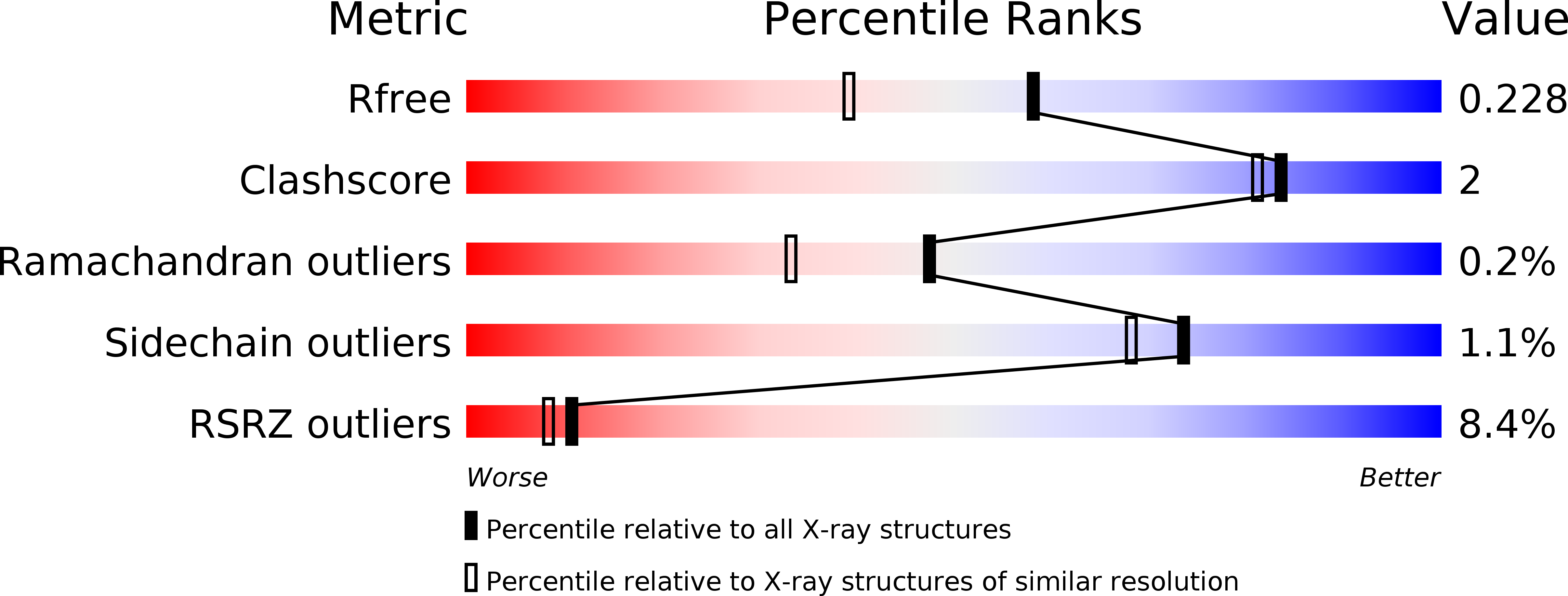
Deposition Date
2008-10-07
Release Date
2009-08-25
Last Version Date
2023-11-01
Entry Detail
PDB ID:
2ZTL
Keywords:
Title:
Closed conformation of D-3-hydroxybutyrate dehydrogenase complexed with NAD+ and L-3-hydroxybutyrate
Biological Source:
Source Organism:
Pseudomonas fragi (Taxon ID: 296)
Host Organism:
Method Details:
Experimental Method:
Resolution:
1.80 Å
R-Value Free:
0.22
R-Value Work:
0.19
R-Value Observed:
0.19
Space Group:
P 21 21 21


